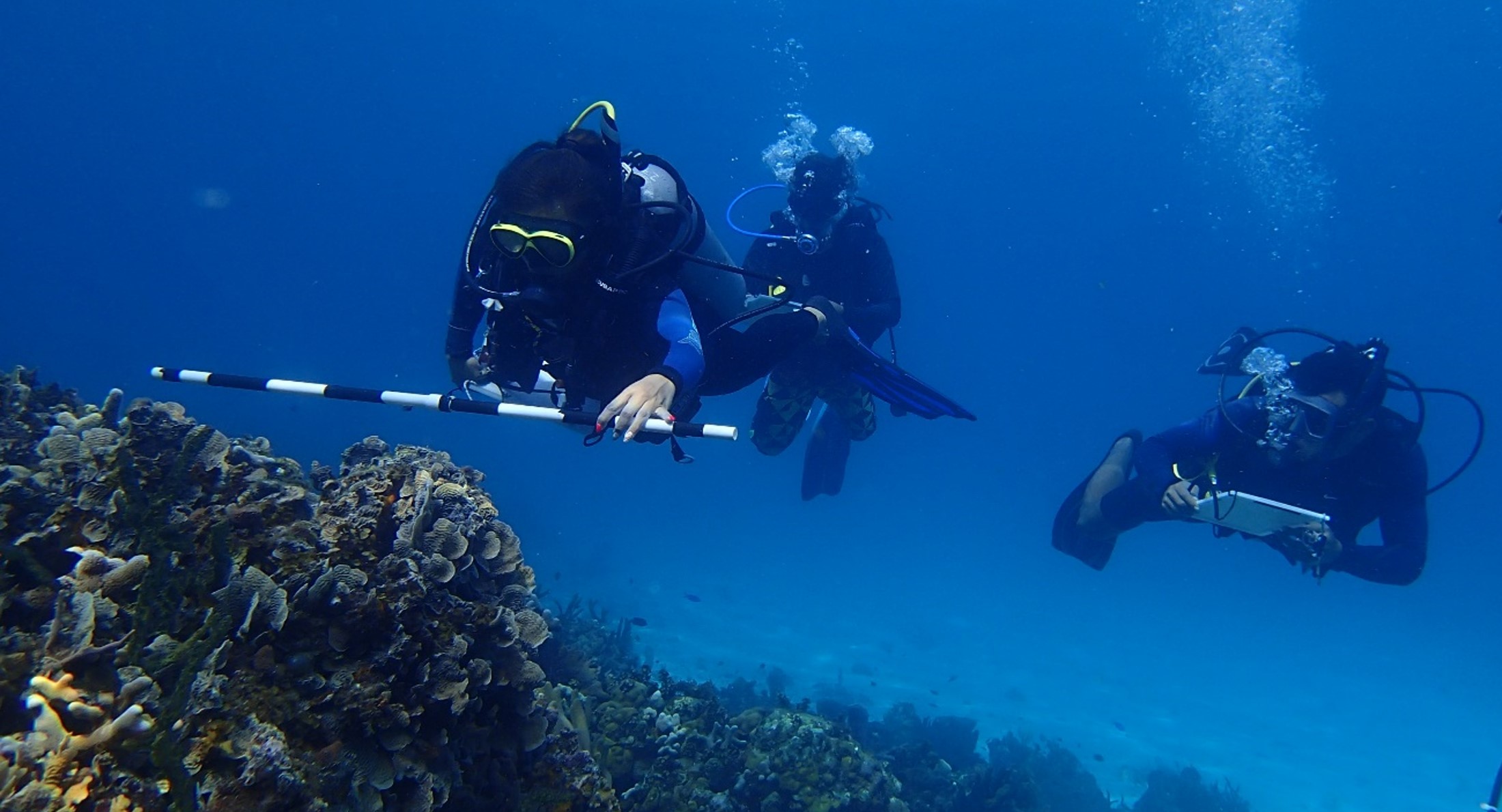

The S.C.P.P. Vigía Chico, which is immersed in the fishery improvement project, has been developing good practices to achieve sustainable fishing, but fishing had been perceived and managed only as an extractive activity, and not as a complex system that encompasses other stages along the value network. It was on this basis that the cooperatives began to analyze and diagnose the participation by gender in each link of the value network. Thus, it was possible to visualize that the composition of the links encompasses activities in which women play a crucial role not only because they perform the activity itself (e.g., administration, transportation, processing, marketing, storage, landing, preparation of supplies) but also because the complementary activities (e.g., generation of citizen science, provision of services, family support) play an important role in achieving the objectives of resource conservation and sustainable fishing.
- Create participatory workshops with people of different occupations, age, gender and social position, with knowledge of the fishery.
- Conduct an in-depth reflection and diagnosis of women's participation in the fisheries and in the community.
- Map the gender composition of the value network at each stage (pre-production, production, post-production, and activities complementary to production), including direct, indirect, paid and unpaid work.
- To achieve an inclusive environment it is necessary to understand the fishery as a system, taking into account the norms and values of society, the roles played at each stage of the value network, and the paid and unpaid jobs.
- Recognize that cultural and gender divisions throughout the history of the fishery have kept women less involved in terms of voice and vote within fishery organizations, and this keeps them away from being able to occupy leadership positions.
- Emphasizing how gender equality contributes to fishery improvement projects and to the sustainability of fisheries increases the likelihood that fishing communities will adopt a gender perspective in their projects.
- Women have a greater contribution in pre- and post-production links as well as in complementary activities (e.g., biological monitoring), providing available information for resource management decision-making.